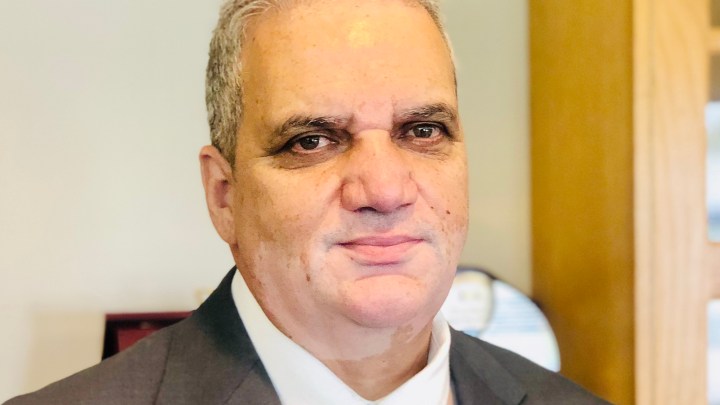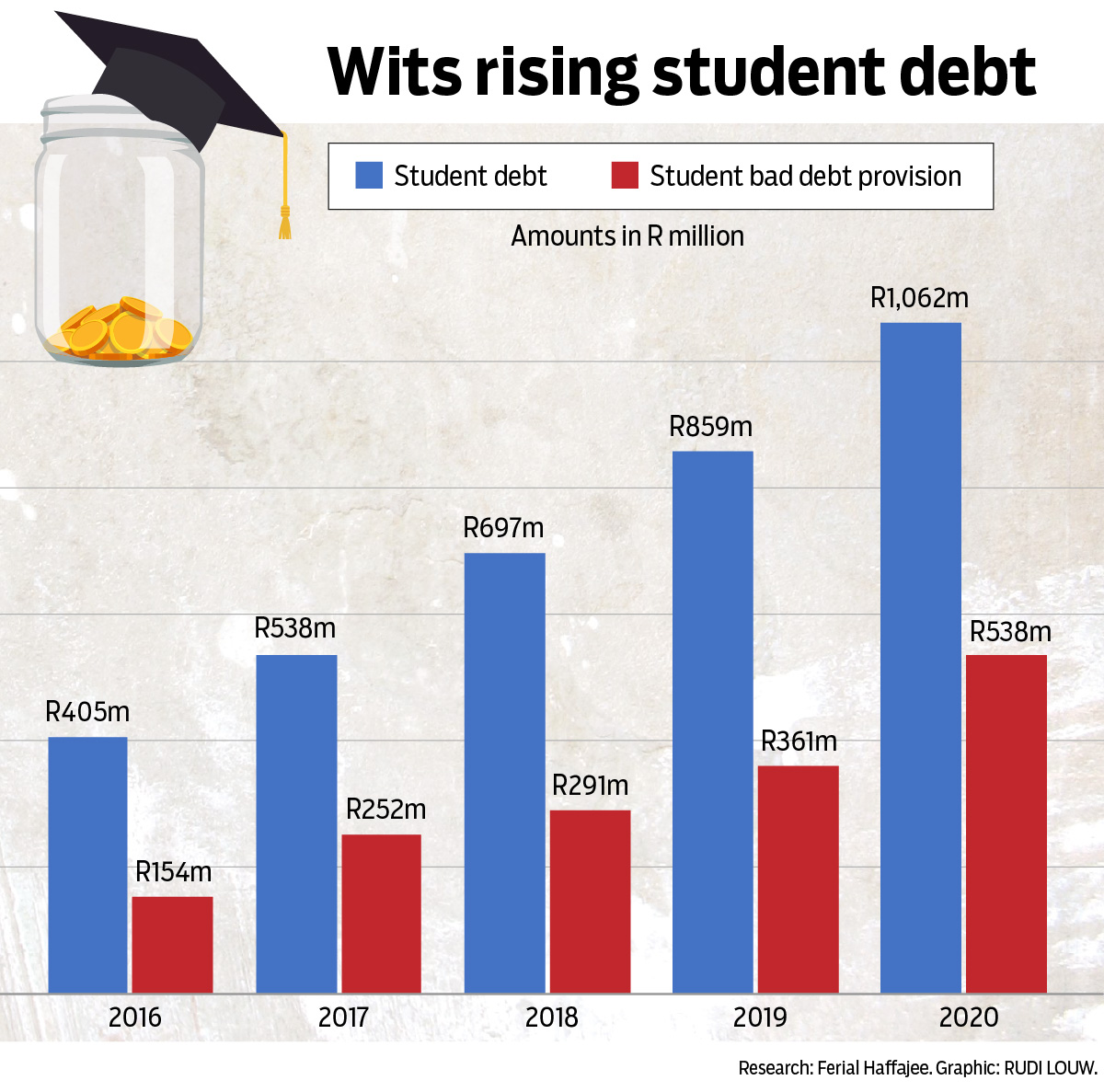CAMPUS STRIFE
Tertiary education needs a funding model that caters for all students, says Council on Higher Education

Every year students take to the streets to protest against the exorbitant cost of university fees and the resulting financial exclusion. To escape this annual quandary, SA needs a viable funding model perceptive to the needs of all students in the higher education system, says the CEO of the Council on Higher Education, Dr Whitfield Green.
South African students have been fighting financial exclusion of the poor and working class from institutions of higher education from long before the 2015-2017 #FeesMustFall movement
“The issue of student debt is a historical one, but ongoing. And as long as we don’t have a viable funding model that addresses the needs of the range of students the issue of student debt will continue to be a challenge,” said Dr Whitfield Green, the CEO of the Council on Higher Education (CHE) during an interview with Daily Maverick.
The recent spate of nationwide student protests brought to attention the role of statutory bodies like the CHE in finding a lasting and sustainable solution to the funding crisis in SA’s universities.
 Wits University’s student debt bill stands at an exorbitant R1-billion. The combined debt owed to universities is R9-billion. Students, vice-chancellors and other stakeholders in the sector have repeatedly demanded that the government find a more permanent solution to the issue of student funding and debt.
Wits University’s student debt bill stands at an exorbitant R1-billion. The combined debt owed to universities is R9-billion. Students, vice-chancellors and other stakeholders in the sector have repeatedly demanded that the government find a more permanent solution to the issue of student funding and debt.
The Heher Commission on higher education funding, led by Judge Jonathan Heher, proposed several funding models including loans to be backed by the banks to all students and to be repaid on an income-contingency basis managed by the SA Revenue Service.
Green said the silver bullet is in a comprehensive student funding model perceptive of students in all groupings:
- The poor and working-class who cannot afford higher education at all and need to be fully funded;
- Students in the missing middle who can afford to contribute a certain amount, but not all of it to fund their education;
- Students in the missing middle who can afford to pay a lump sum at the beginning of their studies, but cannot sustain that practice; and
- Students from well-off families who can afford to pay fees or pay off loans for fees.
In its current form, South Africa’s higher education funding policy delegates student funding to the cash-strapped National Student Financial Aid Scheme (NSFAS), which supports students from households with incomes of up to R350,000 per annum, up from R120,000 per annum in the previous dispensation.
This has led to student debt, through the students who were previously not completely funded, and because there was a different model in the previous NSFAS dispensation. The student aid scheme offered a combination of bursary-loan funding for students and not a complete bursary as it presently does.
In the protests, students have called for the historical debt of all students to be cleared.
“We need a way of understanding how we can deal with that historical debt, because we can’t wish it away. Universities have incurred the expenses and need to accommodate those expenses,” Green said.
Also central to the argument is the state’s shrinking purse and reduced allocation to the Department of Higher Education and Training (DHET) because of the pandemic. As a result, NSFAS’s budget to fund students in 2021 was cut by R6-billion, even though more students qualified for funding after widespread job losses in households.
Faced with pressure points from multiple sides, the DHET had to make tough decisions, resulting in a R3.3-billion cut from the National Skills Fund, which supports unemployed youth, to cover NSFAS’s shortfall.
Green urged that higher education allocation should not be an expense, but rather an investment. But this, he said will take more than just state funds to achieve.
“It can’t just be an investment from the government. It has to be a total investment from across the board, inclusive of the private sector and industry.” DM
* Daily Maverick managing editor Jillian Green is related to Dr Whitfield Green.


















 Become an Insider
Become an Insider
Dr Green is stating the obvious. No news here. When will tertiary institutions, with free access to the best brain power, come with a solution? Very disappointing. What about performance-based funding? The better a student performs, the less she pays back.